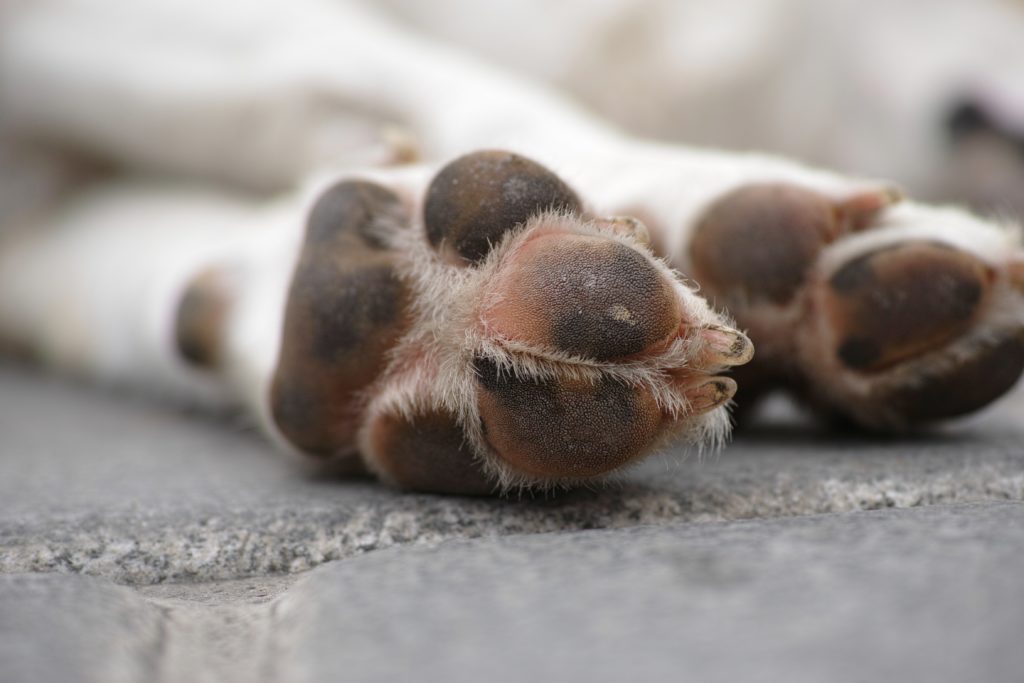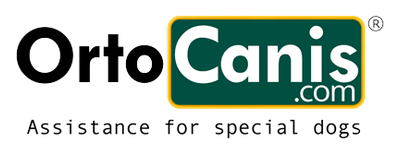How to Use a Lift Harness for Your Dog or Cat: A Step-by-Step Guide
Which harness should I choose ?
You should choose the harness style that works best for you and your pet. It’s a pretty obvious statement, but not as easy one would think!
An important tule to keep in mind is to choose a harness that fits comfortably around your dog or cat’s body. It should not cause chafing or irritation. If your pet is a puller, then you may need to opt for a different type of harness for them, based on strength, materials or even design.
If you are choosing a lift harness for your cat or dog post surgery, or recovering from injury, please do this with the guidance or your vet of physiotherapist. Online resources and information are giving you directions and general advice. The specific needs of your pet are impossible for someone at the other side of a computer to know!
Making my dog or cat wear a lift harness
You should find a harness that has adjustable straps that are made with soft material. The material is important because your dog or cat may develop a rash or chaffing with harsh or coarse materials. Keep in mind the climate of your country, animals in hot and humid climates are not always able to use the same products as pets in colder climates. This does not mean you compromise, we just help you find one that is just as effective and adjusts to your pets needs.
Slow and steady wins the race- this is so true when using aids for our cats and dogs. We must communicate with them non verbally to gain their confidence in products. The most effective way to do this is to introduce them slowly. A few minutes a day for the first few days is all they may accept.

Why should I check with my veterinarian or physiotherapist before using or purchasing a lift harness?
Check with your veterinarian or physiotherapist before using a pet harness. I know of many dogs whose back legs become weak, stiff, and not able to support themselves for one reason or another before using a pet harness. Check with your veterinarian or physiotherapist before using a pet harness.
Which harness should I buy?
It can be confusing and overwhelming to see the choices available.
You should select the harness style that is most comfortable for both you and your pet.
If your dog is a puller, a front harness also helps for broad chested dogs, or over enthusiastic puppies! (these are not medical aids or used for pets recovering from surgery, injury or needing support as they age)
How do I know my pet will use the harness?
After fitting your pet for a harness and taking them for a walk or two wearing the new harness to be sure it is comfortable. Your pet will use a lift harness, or any medical aid if it introduced slowly and properly.
Unfortunately, the negative effect of social media is seen in these situations. We see videos and images of happy confident animals in harnesses, wheelchairs and other devices and assume our pets will react in the same manner.
They will but what we do not see in these posts and stories is the back story. It takes hours and days of work and preparation and then practice. Once they gain confidence in the device you will see rapid improvement as well as comfort.
Why does a harness or aid build confidence?
Imagine for a moment that you twist your ankle or even worse break a leg! Do you rush to the internet and seek out remedies and walking sticks? NO – you visit your doctor who sends you to a specialise or treats you as required with proper medical devices.
Oliver’s tip: If you don’t make your walking stick out of Lego® don’t make your dog’s wheelchair at home!
How does a normal harness help my dog?
They can now enjoy walks without the distraction of a collar pulling him around or limiting his freedom. A harness allows you to steer and control your dog more easily, avoiding possible injuries to your dog.
It offers a sense of freedom, safety and trust to the dog In addition to helping you give your dog the support it needs, a harness or aid can build confidence in the animal The use of a training aid, or harness can be helpful in giving your dog or cat the confidence that is needs to learn new skills.
5 quick steps to choosing a pet lift harness for paralysis
Choosing the right pet lift harness for a paralyzed pet involves careful consideration of your pet’s size, weight, mobility, and specific needs. Here are five quick steps to help you make the right choice:
Measure Your Pet
- Measure your pet’s chest and abdomen circumference to ensure a proper fit.
- Take note of your pet’s weight as different harnesses have weight limits.
Consider Mobility Level:
- Assess your pet’s mobility level and specific needs. Some harnesses provide more support and coverage for pets with limited mobility.
- Determine if your pet needs front or rear support or a full-body harness for overall stability.
Check Material and Comfort:
- Choose a harness made of durable, comfortable materials that won’t irritate your pet’s skin.
- Look for padding in key areas to prevent chafing or discomfort during use.
Adjustability and Security
- Opt for a harness with adjustable straps to ensure a snug fit that can be customized to your pet’s body.
- Check for additional security features, such as buckles or straps, to keep the harness securely in place.
Consult with Your Veterinarian
Before making a final decision, consult with your veterinarian. They can provide valuable insights into your pet’s specific needs and recommend a suitable harness based on your pet’s health condition.
Remember that each pet is unique, and what works for one may not work for another. By taking these steps and considering your pet’s individual requirements, you can choose a pet lift harness that provides the necessary support and comfort for your paralyzed pet.












